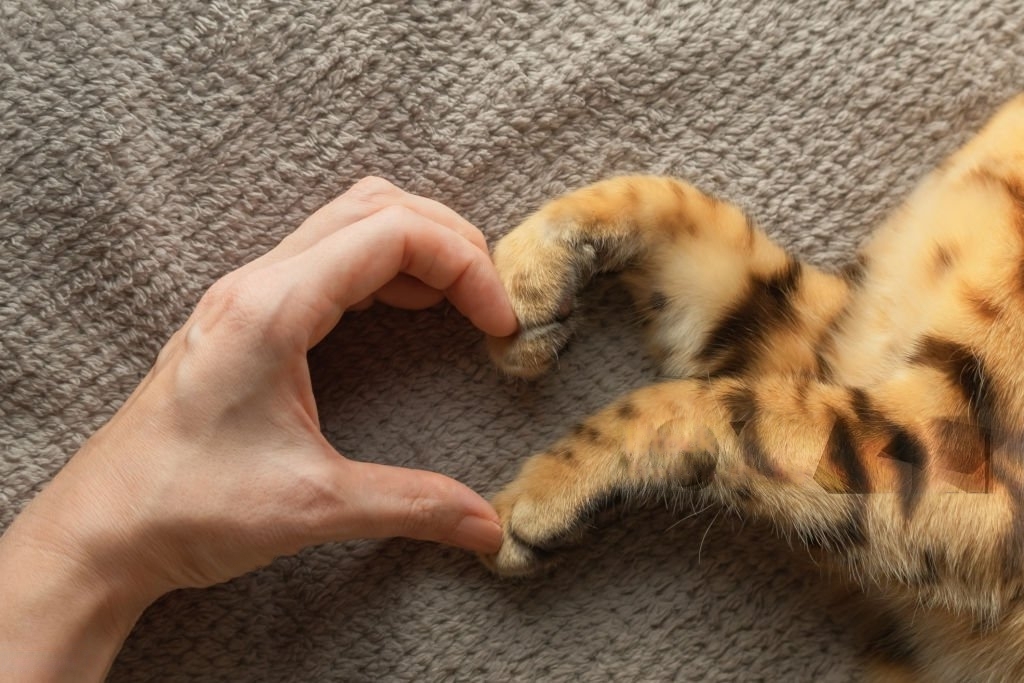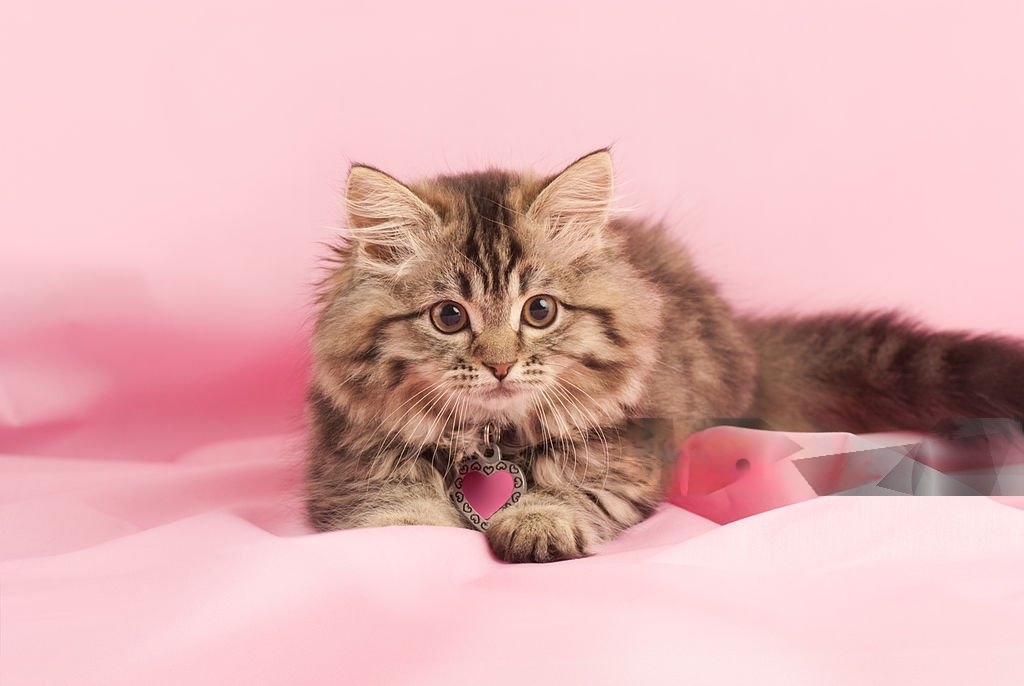Introduction:
Cats, with their mysterious and aloof demeanor, often leave us wondering about the intricacies of their anatomy. One such enigma is the size of a cat’s heart. In this exploration, we delve into the feline cardiovascular system to unravel the mysteries surrounding the dimensions of their heart.
The Peculiarities of Cat Hearts:
Cats, regardless of their size or breed, share common characteristics when it comes to their hearts. As obligate carnivores, these creatures have evolved with a cardiovascular system finely tuned to support their unique lifestyle. The average size of a cat’s heart is approximately 0.6 to 0.7% of its body weight. To put this into perspective, a domestic cat’s heart is roughly the size of a walnut.
Understanding the Proportions:
The feline heart, nestled in the chest cavity between the lungs, plays a vital role in maintaining the cat’s overall health. Unlike humans, who typically have a larger heart relative to body size, cats have a smaller heart proportional to their compact physique. This adaptation is a result of the evolutionary pressures faced by these agile hunters.
The Heart’s Role in a Cat’s Physiology:
To comprehend the significance of a cat’s heart size, it’s essential to grasp the role it plays in the feline physiology. Cats are renowned for their athleticism and agility, traits that necessitate an efficient cardiovascular system. The heart pumps blood to deliver oxygen and nutrients to various tissues, supporting the cat’s rapid bursts of energy during hunting or play.
Additionally, the feline heart has a remarkable ability to adjust its rhythm based on the cat’s activity level. When at rest, the heart beats at a slower rate, conserving energy. However, during moments of intense activity, the heart rate increases to meet the heightened demand for oxygen and nutrients.

Size Disparities Among Breeds:
While the general size of a cat’s heart remains relatively consistent, there can be some variations among different breeds. Larger cat breeds, such as Maine Coons, may have slightly larger hearts to accommodate their more massive bodies. On the other hand, smaller breeds like the Singapura will have hearts proportionate to their diminutive stature.
It’s crucial to note that these differences in heart size are generally subtle, and the feline cardiovascular system is finely tuned to meet the specific needs of each individual, regardless of breed.
Health Considerations:
Understanding the typical size of a cat’s heart is essential in monitoring feline health. An enlarged heart, a condition known as cardiomegaly, can be indicative of underlying health issues. Heart diseases, hypertrophic cardiomyopathy (HCM) being a common example, can cause the heart muscle to thicken, affecting its function.
Regular veterinary check-ups, especially for senior cats, are crucial to detect and address any potential cardiac issues. Monitoring a cat’s heart rate, rhythm, and overall cardiovascular health can contribute significantly to their overall well-being.
The Impact of Genetics:
Genetics play a pivotal role in determining the size and health of a cat’s heart. Certain breeds may be more predisposed to specific cardiac conditions, emphasizing the importance of responsible breeding practices. By understanding the genetic factors influencing feline cardiac health, breeders and owners can make informed decisions to promote the well-being of their feline companions.
Conclusion:
In conclusion, the size of a cat’s heart is a fascinating aspect of feline anatomy that reflects their evolutionary adaptations as agile hunters. While the average size of a cat’s heart is relatively small compared to other mammals, it is precisely calibrated to support their unique lifestyle. Monitoring the health of a cat’s heart is crucial for pet owners and veterinarians alike, ensuring the well-being of these mysterious and beloved companions. As we continue to unravel the mysteries of the feline world, understanding the intricacies of their cardiovascular system brings us one step closer to appreciating the remarkable nature of our feline friends.
FAQS (Frequently Asked Question)
How big is a cat’s heart?
A: On average, a cat’s heart is approximately 0.6 to 0.7% of its body weight, roughly equivalent to the size of a walnut.
2. Q: Do different cat breeds have varying heart sizes?
A: While there can be subtle variations, the general size of a cat’s heart remains relatively consistent across breeds. Larger breeds may have slightly larger hearts to match their size, and vice versa for smaller breeds.
3. Q: Why is it important to know the size of a cat’s heart?
A: Understanding the size of a cat’s heart is crucial for monitoring their cardiovascular health. It aids in early detection of potential issues such as cardiomegaly or hypertrophic cardiomyopathy.
4. Q: Can a cat’s heart size change with age?
A: The size of a cat’s heart is generally stable throughout its life. However, age-related conditions, like hypertrophic cardiomyopathy, can impact the heart’s function and structure.
5. Q: How does genetics influence a cat’s heart size?
A: Genetics play a significant role in determining a cat’s heart size. Responsible breeding practices are essential to mitigate genetic predispositions to certain cardiac conditions in specific breeds.
6. Q: What signs indicate a potential issue with a cat’s heart?
A: Signs of potential cardiac issues in cats include lethargy, difficulty breathing, coughing, and changes in appetite or behavior. Regular veterinary check-ups are crucial for monitoring feline heart health.
7. Q: Can a cat’s heart size be measured at home?
A: Measuring a cat’s heart size at home is challenging. Regular veterinary visits, including diagnostic tests like echocardiograms, are necessary for accurate assessments of a cat’s cardiovascular health.
8. Q: Is an enlarged heart common in cats?
A: Enlarged hearts, known as cardiomegaly, can occur in cats, often associated with underlying health issues. Regular veterinary examinations help detect and address such conditions.
9. Q: How does a cat’s heart adapt to different activity levels?
A: A cat’s heart adjusts its rhythm based on activity levels. During rest, the heart rate slows to conserve energy, while it increases during periods of intense activity to meet the heightened demand for oxygen and nutrients.
10. Q: Are there specific precautions to maintain a cat’s heart health?
A: Providing a balanced diet, regular exercise, and routine veterinary check-ups are essential for maintaining a cat’s overall health, including their cardiovascular system.







Let’s spread the love! Tag a friend who would appreciate this post as much as you did.
เว็บแทงบอลที่มอบความคุ้มค่าสูงสุด
For the reason that the admin of this site is working, no uncertainty very quickly it will be renowned, due to its quality contents.